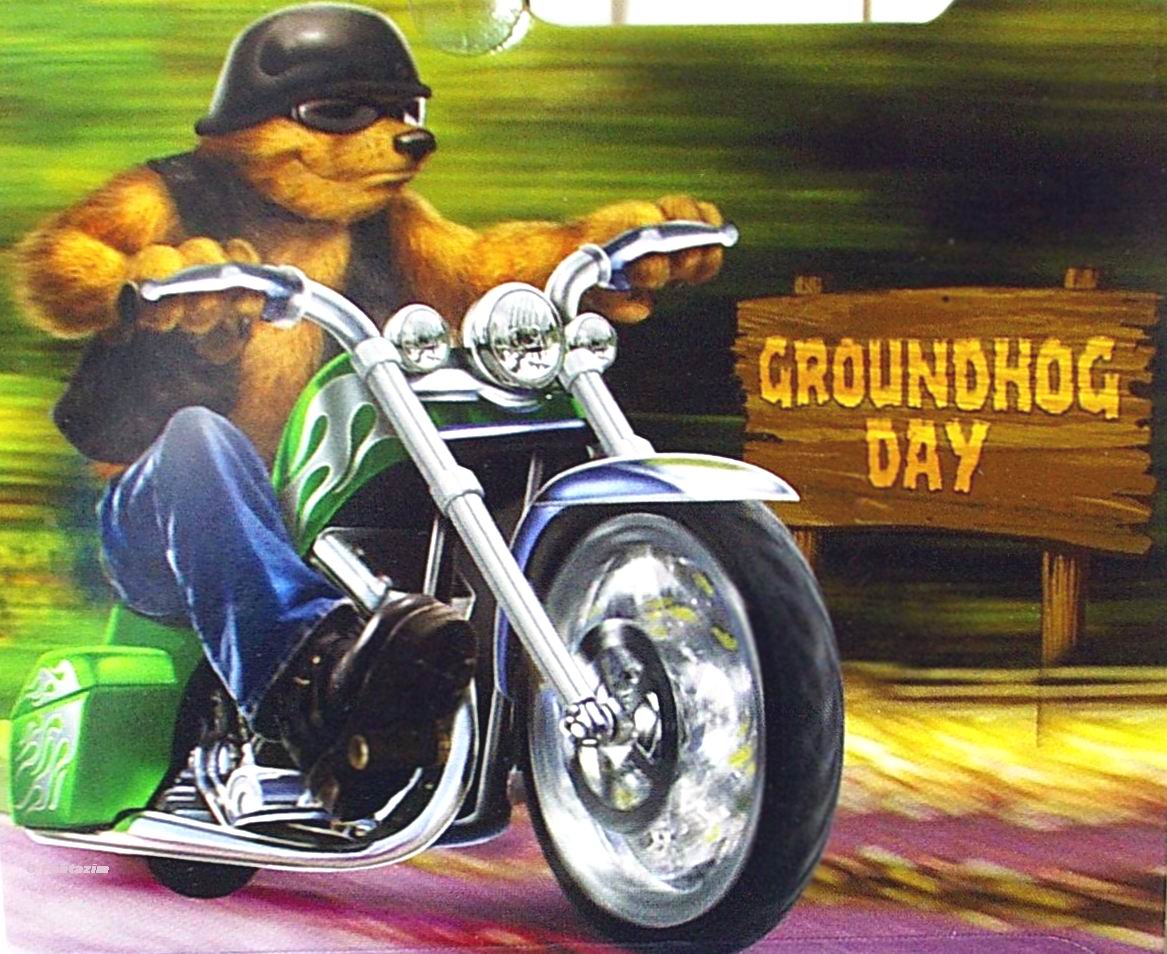How to avoid becoming a motor-cicle
Itching to ride? Now that Punxatawny Phil has predicted six more weeks of winter, you may need these eight hot tips for cold-weather riding!
While stuffing your military surplus jacket with newspaper to act as insulation sufficed 50 years ago, thankfully technology has caught up with the problems associated with riding in adverse conditions. And it’s intuitive that a rider that isn’t half-frozen is more alert and displays faster motor response skills, creating a safer ride.
Underwear
While long johns from your local sports store can be a good start, the one-piece thermal underwear currently available is thin and increases freedom of movement. Some even use a moisture-wicking polypropylene and elastane fabric that acts as a compression device to support your muscles, reducing fatigue and creating warmth when wet.
Socks
Nothing is worse than freezing feet. And while wool was preferred in the past, new innovations include socks fabricated from coconut fibers and moisture-wicking constructs that utilize both natural and synthetics. Look for the words breathable and anti-bacterial, and seek out a ribbed design that is knee length.
Jacket
Leather has taken a beating lately with the introduction of high-tech textiles being lighter and more water resistant while still offering protection from the cold. An alternative to both is waxed cotton with a flannel liner. It breathes well and sheds water even better.
Pants
Look for quality indicators including Cordura, GORE-TEX, seam taped and waterproof. Full-length zippered sides will aid with easy off-and-on convenience.
Boots
No matter how warm your body core, cold feet will destroy any bike ride. If waterproof riding boots are out of your price range, a good choice for footwear would be a pair of knee-high adventure rain overboots with an aggressive lugged sole for maximum grip in slushy environs.
Gloves
As important as your feet are your hands and fingers. Go gauntlet all the way with some type of strap at the wrist to keep the frosty blasts out of your jacket sleeve. Look for materials like Thinsulate to trap body heat, GORE-TEX for breathability and padded palms for comfort.
Helmet
When the temps drop, your helmet becomes as much a warm hat as a device to protect you in case of an accident. For winter riding, go with a full-coverage helmet with flip-up visor to aid with fogging when coming to a stop. A modular style with rotating chin guard helps with claustrophobia. Any type of do-rag will also help retain body heat under the helmet.
Electric Devices
There are currently more electrically heated motorcycle garments than you have extension cords for and now include everything from gloves to body vests, socks to jackets, pants to chap liners. Most have simple plug-in-play access to the bike’s electrical system once wired in. Just be certain the unit you select offers a thermostat so you can dial in your personal level of toastiness.
We at Thunder Press feel that with proper preparation, you can extend your riding experience throughout the winter season. So… ride safe, ride warm, ride long.



















